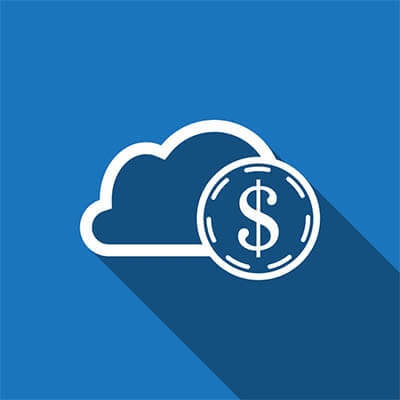Cloud computing has allowed businesses to scale unlike any time before, all without breaking the budget. One such cloud provider is Amazon, and its Amazon Web Services platform allows businesses to manage their cloud computing needs. Today, we’re exploring some of the ways that AWS aids businesses with varied cloud computing needs.
Businesses have done incredible things with the cloud, regardless of their chosen industries, sizes, and scopes. In particular, they have innovated to create opportunities for scaling growth and operations. How can your organization do the same? We want to help you implement a cloud solution that addresses all of your pain points. To do this, you can start by learning more about the differences between the public, private, and hybrid cloud solutions available to you.
The cloud gives businesses more opportunities than ever to change operations for the better, but a poorly configured cloud could create more problems than it solves—including the potential for a security breach! Here are some of the most important reasons why you must configure your cloud solutions properly.
With the considerable costs that a business’ hardware investments can bring, it only makes sense to identify any means to optimize these costs available. One very effective means of doing so is to adopt a virtualized environment, either hosted onsite or in the cloud. Let’s take a few moments to consider how virtualization can benefit your organization.
The cloud has proven to be an extremely useful tool for the modern business. Not only does it provide anywhere-anytime access to applications, processing, storage, et al; it also delivers those products as a service, allowing you to budget for recurring costs rather than major upfront ones. This provides your organization with functional, supported, and secure computing environments that eliminate a lot of the support costs that traditional computing environments require. It sounds like a perfect scenario for small and large businesses alike, but things aren’t always what they seem, as a lot of cloud users have found that they have incurred several hidden costs by using cloud platforms. Today, we take a look at these hidden costs.
Profitability is less the measure of being able to turn a profit, and more the measure of how much profit you can make. For the successful small business, the integration of technology can dictate what kind of annual margins you are looking at. For the new company, however, it can be something even more critical: the difference between setting a course for success, or wallowing in failure. Today we analyze the cost difference between hosting your IT in-house, or choosing to host it in the cloud.






